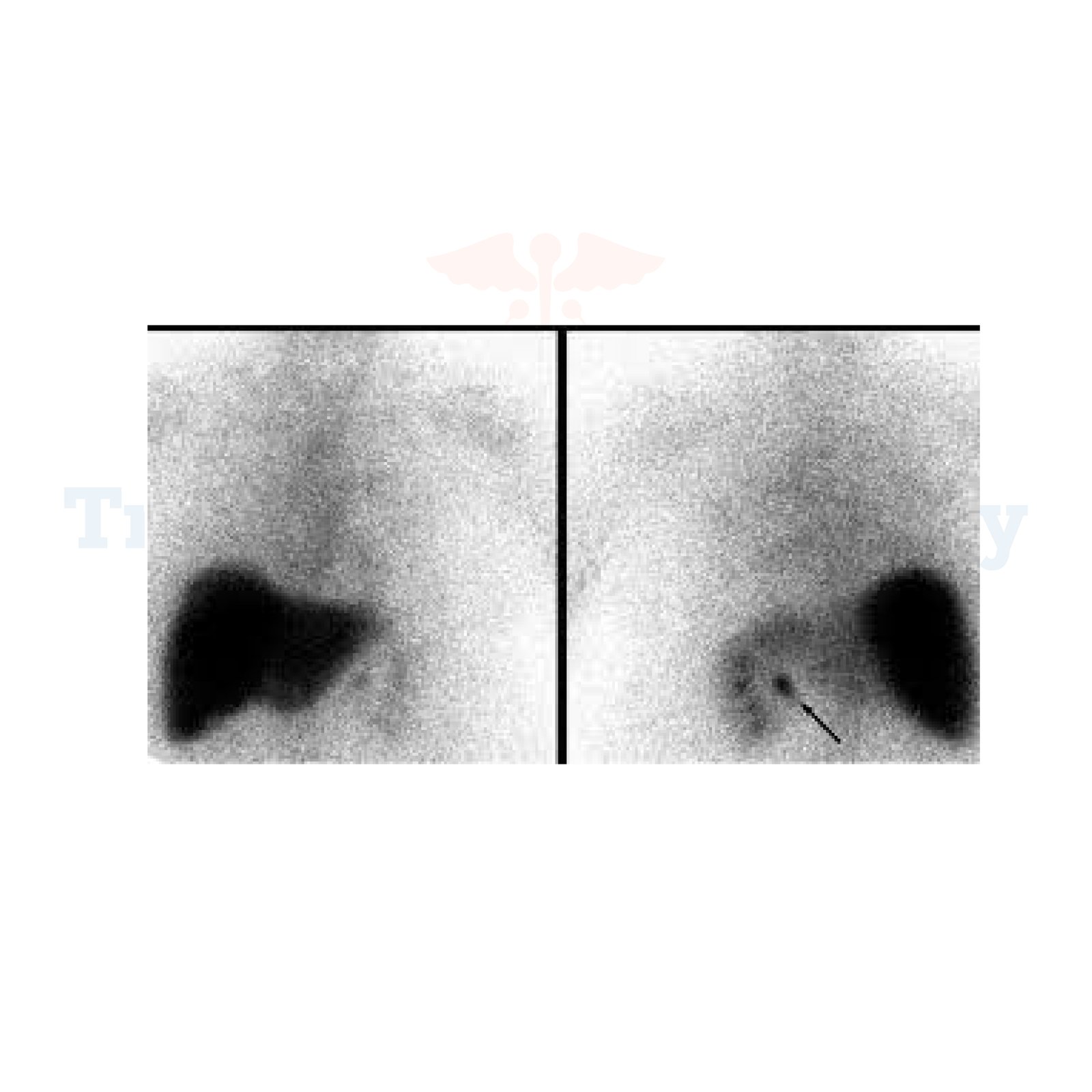A liver and spleen scan is a diagnostic technique in nuclear medicine that might be very fundamental in establishing disease conditions involving the liver or the spleen. Even treatment using the same technology in Germany would include higher technologies and personnel for having a deep view of other diseases concerning the liver or the spleen. Advanced imaging health care offers detection and monitoring of evolution and the proper planning for subsequent interventions in Germany.
A liver and spleen scan is essentially a computed tomography, which is also nuclear medicine imaging. It is not invasive. An application of the scan will determine whether some potential problems may lie with the liver or perhaps the spleen by simply viewing the amount of radioactive tracer that the areas absorb.
Much understanding can be acquired of what makes up the functional abnormalities and the changes involved in the structural behavior within the liver and the spleen at Germany's special facilities, thus making better results in diagnosis and appropriate interventions.
Purpose of Liver and Spleen Scan in Germany
It is applied in Germany to check many diseases of the liver, upper abdominal pain, and other pathologies related to the liver and spleen. Conditions checked on this scan include:
Cirrhosis is a disease that reflects a scarring of the tissue in the liver that will affect its functionality.
How Does the Liver and Spleen Scan Function in Germany?
The procedure begins with the injection of the radioactive tracer into a vein; the tracer circulates in the blood throughout the body to the liver and spleen. Radiating out from the tracer are gamma rays, which are collected by a gamma camera in well-equipped centers in Germany to create high-resolution images.
Preparation and Process of a Liver and Spleen Scan in Germany
Preparation before Scan
Preparation in Germany is carried out by signing a consent form and removing all metal objects on the body to avoid interference. Patients may demand a sedative if they feel anxious about the procedure.
During the Scan
In Germany, a radiologic technologist injects the tracer and then waits for the organs to absorb the drug, which captures images with a gamma camera and CT scan after about 45 minutes and one hour. The patient is sensitive and painless in Germany.
Conditions Diagnosed by a Liver and Spleen Scan in Germany
Common Diagnoses in Germany
Innovative Imaging Alternatives in Germany
There are also other imaging tests used to diagnose the liver and spleen conditions available in Germany, such as:
After the Scan: Results and Follow-Up in Germany
Interpreting Results
Areas with increased tracer uptake are pale; tracer uptake is poor in areas showing a dark appearance. The uptake pattern helps to identify abnormalities and function-related abnormalities of both organs it would have expert follow-up care in Germany.
Follow-Up Care in Germany
Once a scan has been carried out, German patients are told that they should drink enough to flush out the tracer that has been administered in the scanning process. Based on the results of a scan, treatment, and further investigation can be prescribed by a doctors.
Frequently Asked Questions
What is liver and spleen scanning?
Liver and spleen scanning is the nuclear medical procedure of studying the workings of the liver and the spleen through nuclear medicine involving an injection with radio-nucleotides
Why is the scanning of the liver and spleen recommended?
It is used in the diagnosis of liver diseases, swollen organs, cancers, and many other disorders that are related to the liver and spleen.
How is the procedure performed in Germany?
A radioactive dye is injected, images are captured by the gamma camera, and a CT scan is conducted to test the functioning of the organs
What are the risks associated with this scan?
The risks are minimal, and they include slight exposure to radiation and slight pain from the IV Other imaging options in Germany include abdominal ultrasound, elastography, and MRI, which form very clear image formations of the liver and spleen.
What other imaging choices are there in Germany?
Abdominal ultrasonography, elastography, and MRI for comprehensive liver and spleen imaging are further alternatives available in Germany.
👉 Contact us for further information and receive a complimentary consultation.

.webp)
.webp)
 (1).webp)
 (1).webp)

.webp)
.webp)
 (1).webp)
 (1).webp)
